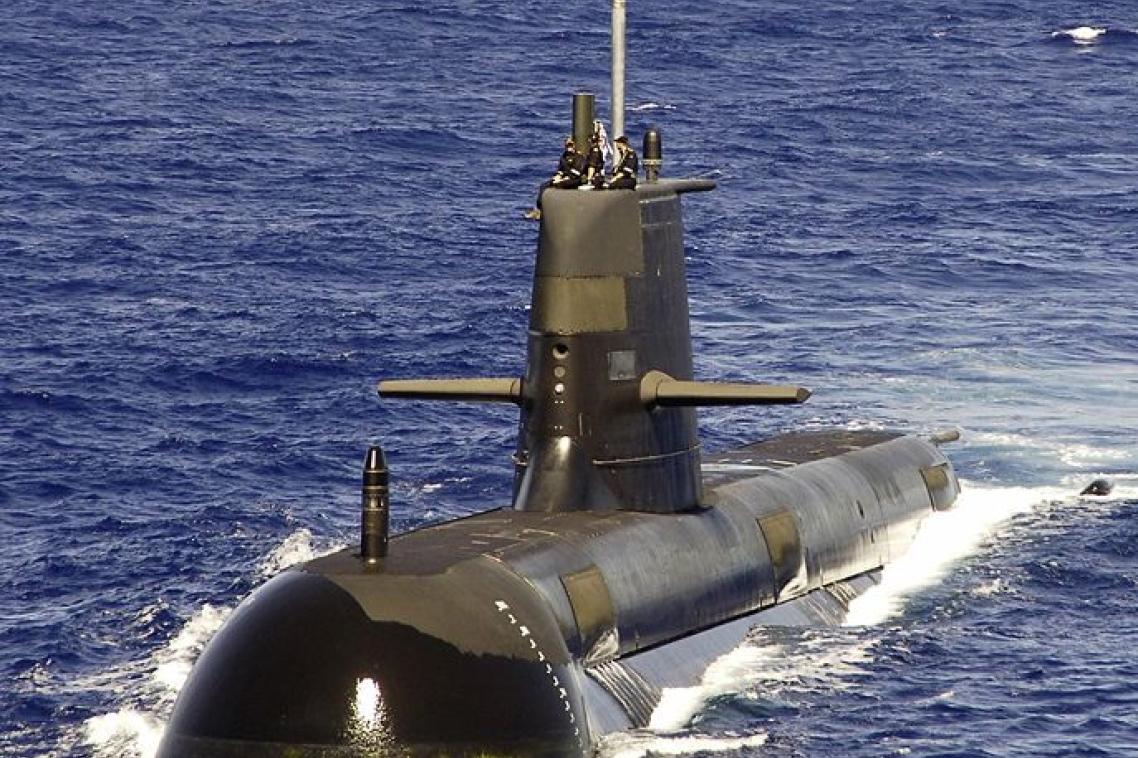UQ research accelerates next-generation ultra-precise sensing technology

The mining, navigation, minerals exploration and environmental hydrology sectors are set to benefit from new University of Queensland research into quantum technology.
UQ School of Mathematics and Physics theoretical physicist Dr Simon Haine has demonstrated a technique that can be universally applied to theoretical calculations of matter-wave dynamics and used to improve the sensitivity of measurement devices.
“Until now, there has been no clear way to quantify the sensitivity of these devices, especially when the behaviour of the system is dominated by complicated wave-like dynamics,” Dr Haine said.
“When quantum physics takes over, we can no longer model the movement of atoms by treating them as simple particles. We need to treat them as waves.”
Dr Haine said the research, published in Physical Review Letters, would enable ultra-precise measurements of movement such as accelerations and rotations and of the strength and direction of gravity.
The ultra-precise measurements have applications on land and sea.
“The ability to ultra-precisely measure accelerations and rotations is important for submarines, and by using ultra-precise sensing technology, they can track their movement without needing to reveal their position by surfacing to access the Global Positioning satellites,” he said.
“Similarly, these ultra-precise measurements of gravitational fields can be used by the mining industry to help detect what is beneath the ground.
“Usually, what’s directly below us is rock, but if there is something slightly heavier (such as iron ore, gold, or uranium) or something slightly lighter (such as oil or gas), this changes the strength of the gravitational field slightly, and you can detect it.
“Being able to measure gravity very precisely would allow the mining industry to find valuable deposits under the ground just by measuring the gravity from the surface.”
Dr Haine said the findings had potential to benefit environmental hydrology by tracking the movement of water, particularly groundwater beneath the Earth’s surface.
“This is useful for environmental science as it allows us to know where water is moving to and from,” he said.
“For example, if there is a drought, the groundwater starts to decrease from a particular area.
“It also allows us to track the growth or reduction in glaciers and polar ice caps through very precise measurements of the gravitational field.”
Media: Dr Simon Haine, haine@physics.uq.edu.au, +61 (7) 3346 9827.
Topics
Related articles

Should you consent to your doctor using an AI scribe? Here’s what you should know.

Thousands of Queensland reef photos lead to worldwide change
Media contact
UQ Communications
communications@uq.edu.au
+61 429 056 139
